May 2025
Our Volunteers are currently taking a well earned break. Back soon.
For rescue, please contact Wildlife Victoria as detailed below.
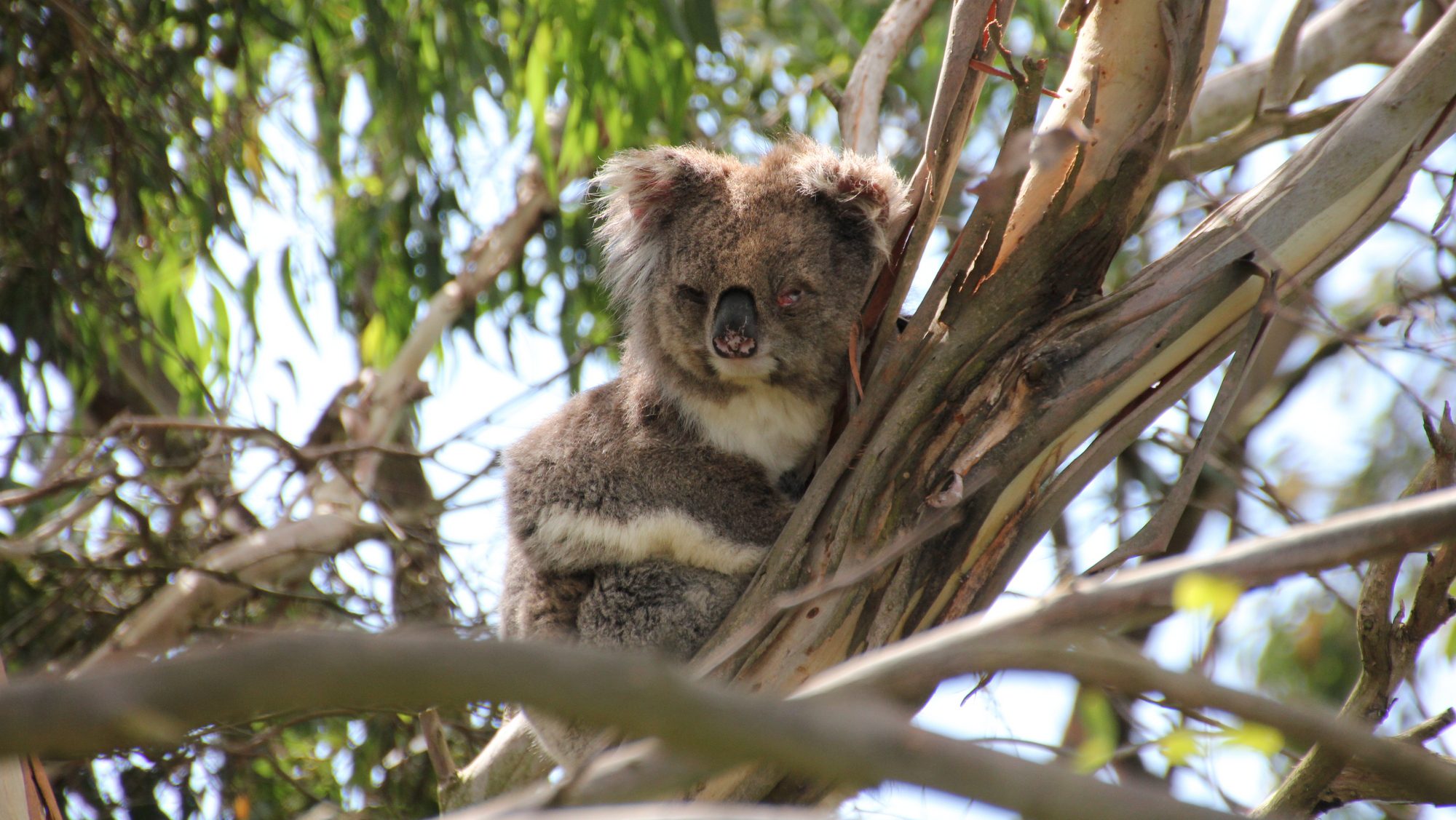
May 2025
Our Volunteers are currently taking a well earned break. Back soon.
For rescue, please contact Wildlife Victoria as detailed below.
Call Wildlife Victoria to get emergency help.
They are set up to efficiently coordinate & deploy rescuers.
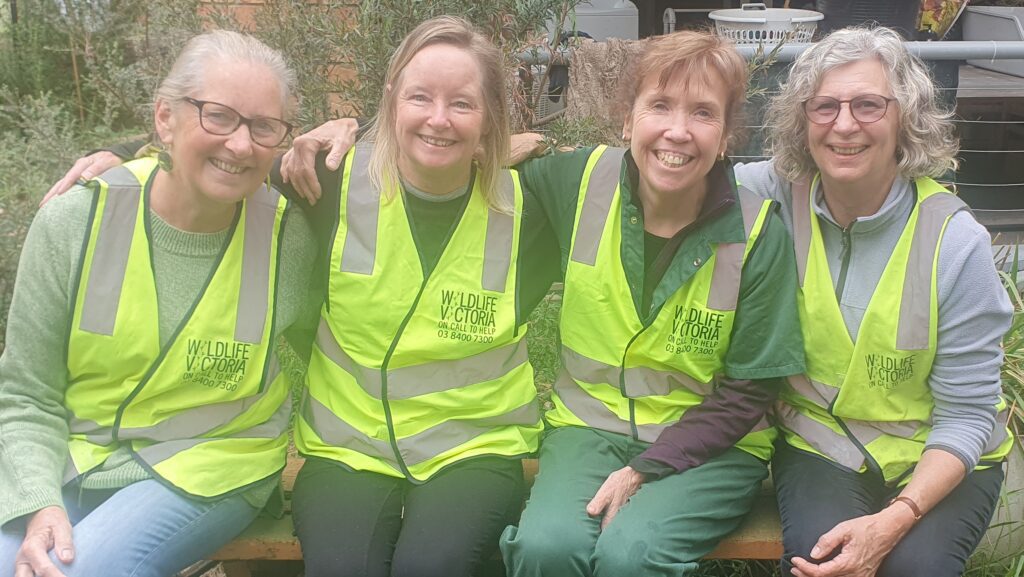
Some of Bunurong Wildlife Care’s local rescue volunteers
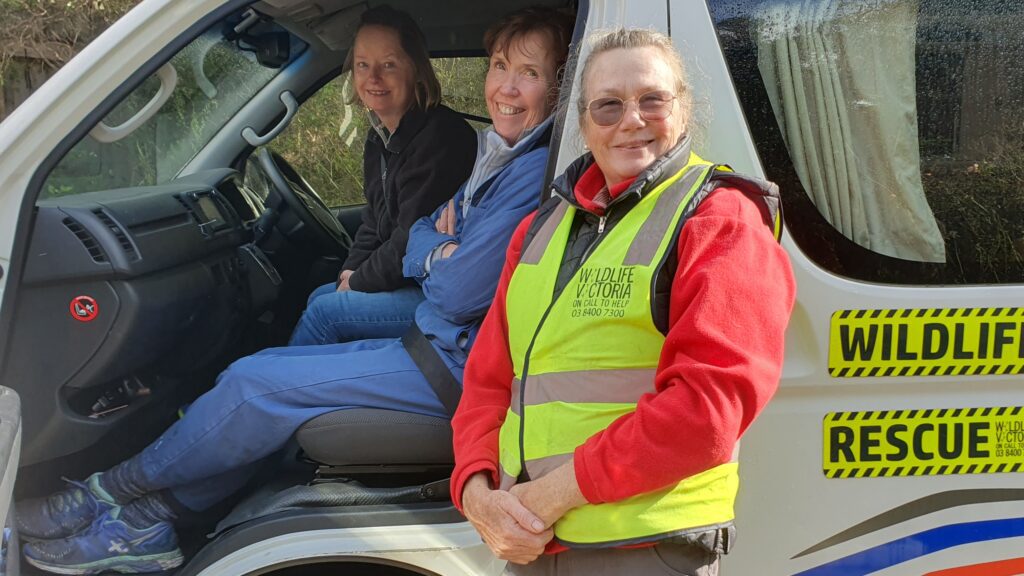
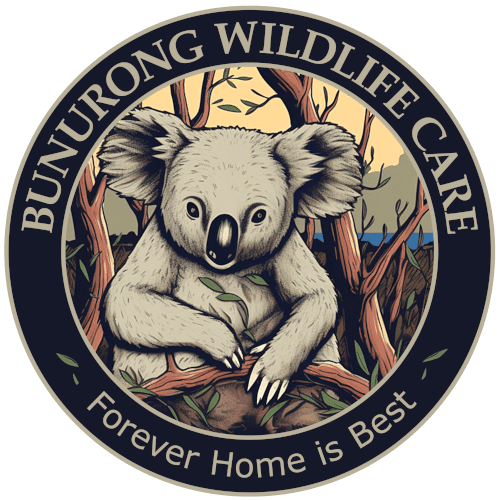
Bunurong Wildlife Care is a Wildlife Shelter based in Inverloch VIC.
Our dedicated & busy volunteers undertake rescues, work closely with local vets and provide short & long term care for wildlife. We provide rehabilitation, nurturing & time for maturing.
The primary goal of a Wildlife Shelter is to restore sick, injured or orphaned wildlife to full health and return them as quickly as possible to the wild.
We are a Registered Charity & very much appreciate & rely on public support via donations towards the cost of food & medical treatment for wildlife in our care.
We strive to ensure that animals that come to us have access to the best care available. This requires building our capacity through projects & networking with other shelters, carers & community groups. Our projects are often made possible through the generous support of others, who we thank sincerely.
Protect our precious wildlife by educating motorists, whilst supporting your local Wildlife Shelter.
Several designs to choose from & available for $20 at supporting businesses in Inverloch & Wonthaggi.
Your adoption of our ethically hand-made plush soft toys will help fund our rescue & care of ill, injured or orphaned wildlife; especially the major costs which are food & medical care.
Available from the Bunurong Environment Centre in Inverloch
Trilby is an Eastern Grey Kangaroo who came into care after being rescued by a local farmer.
We occasionally attend Markets held at the Inverloch Glade to fundraise
We are grateful to Inverloch Lions Community Farmers Market, Inverloch Rotary & Regional Farmers Markets for their support.
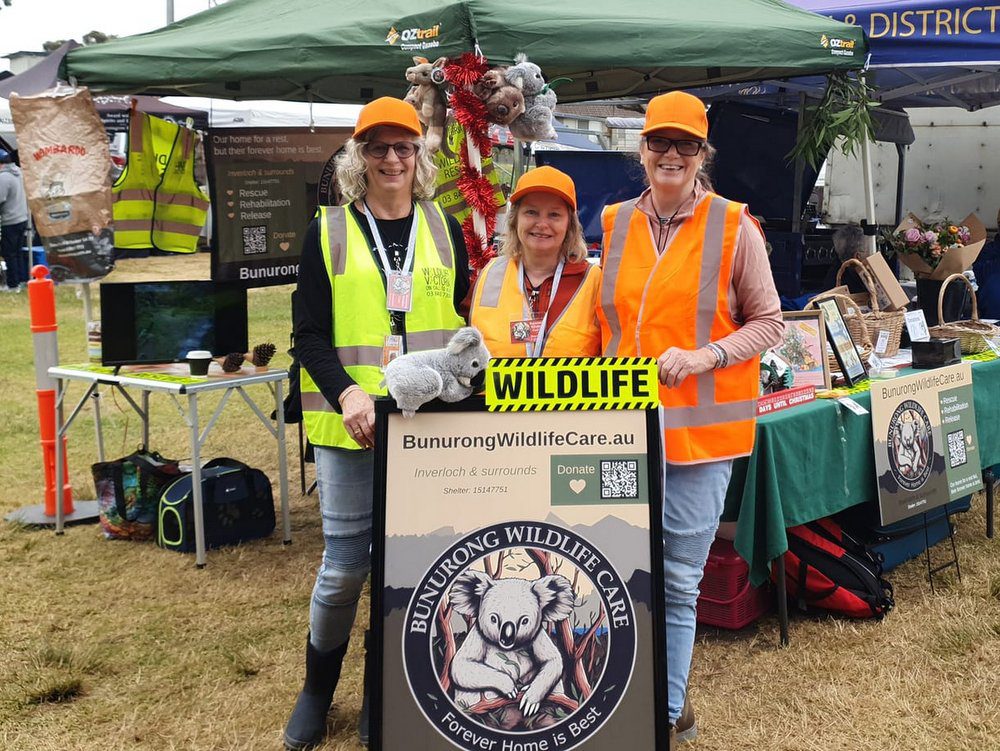
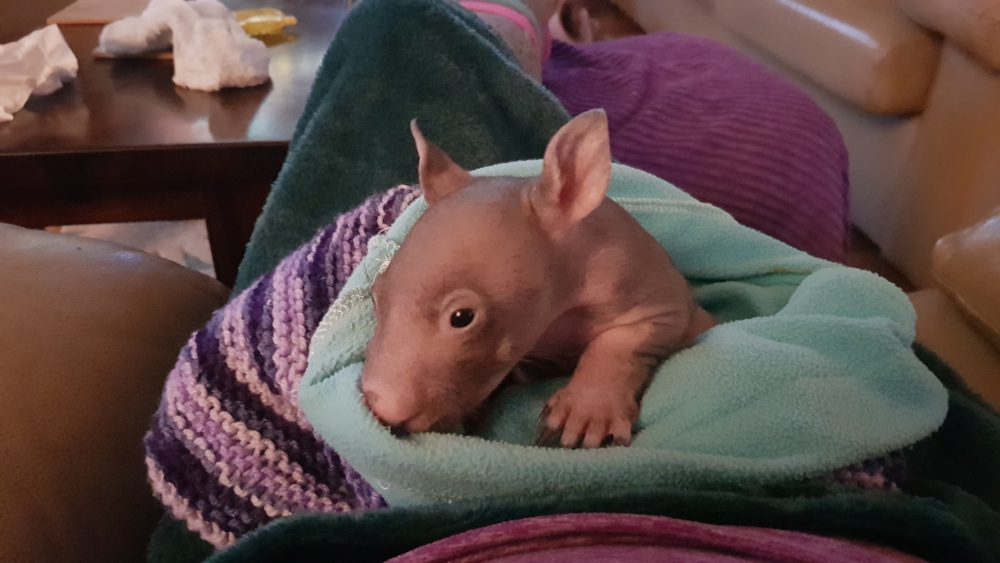
A baby wombat lives two years with its mother before being ready to go solo. They suckle for at least 12 months. Gaining weight & size, learning to eat native grasses, sedges & roots and developing life skills such as tunneling burrows. When in care, young wombats are typically released two years after being rescued. During the final year, contact is kept to a minimum, so they develop independence & a natural wariness of humans.
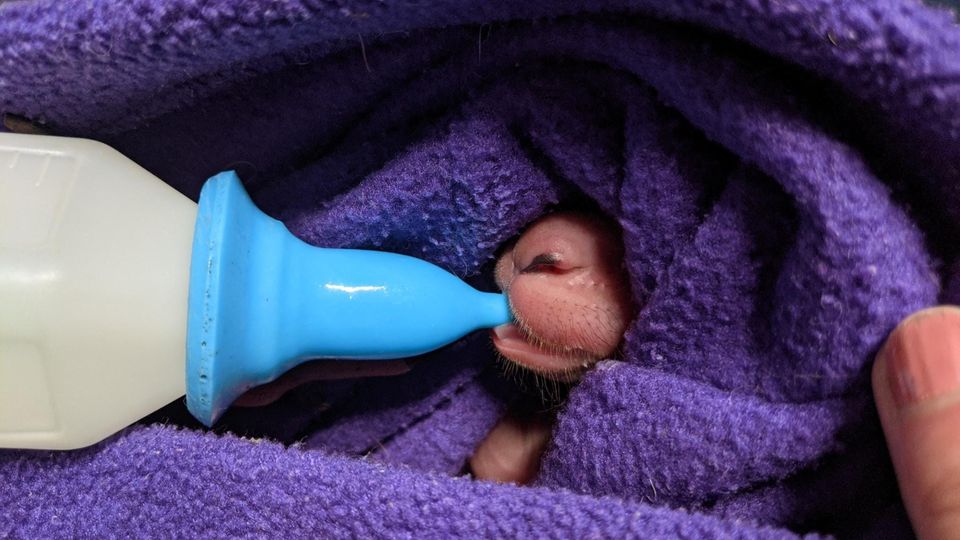
Mother’s milk naturally changes depending on the developmental stage of their young. Caregivers must emulate these varying needs & require an extensive range of milk products & bottle teats to cater for the variety of animals & their developmental stages. The very young need to be fed every 2 hours.
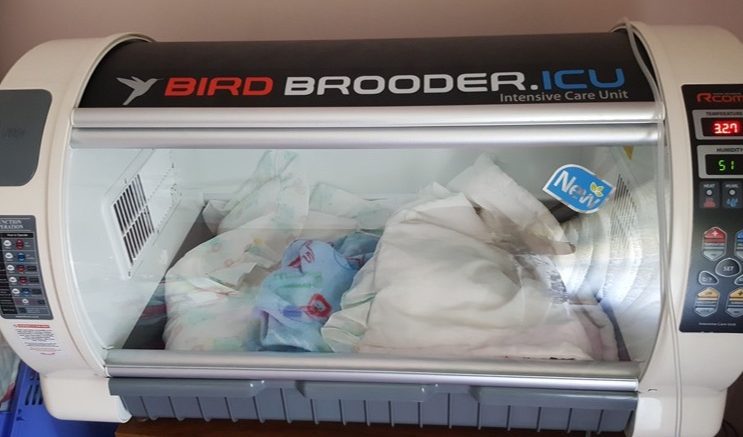
Young marsupials (Joeys) are born without fur & are unable to regulate their own body temperature. They must be kept constantly warm. In nature, they are kept inside their mother’s pouch for up to a year in some species. Caregivers must provide warmth using artificial sources such heat pads or a humidicrib. During rescues, the carers own body heat may be the only option.
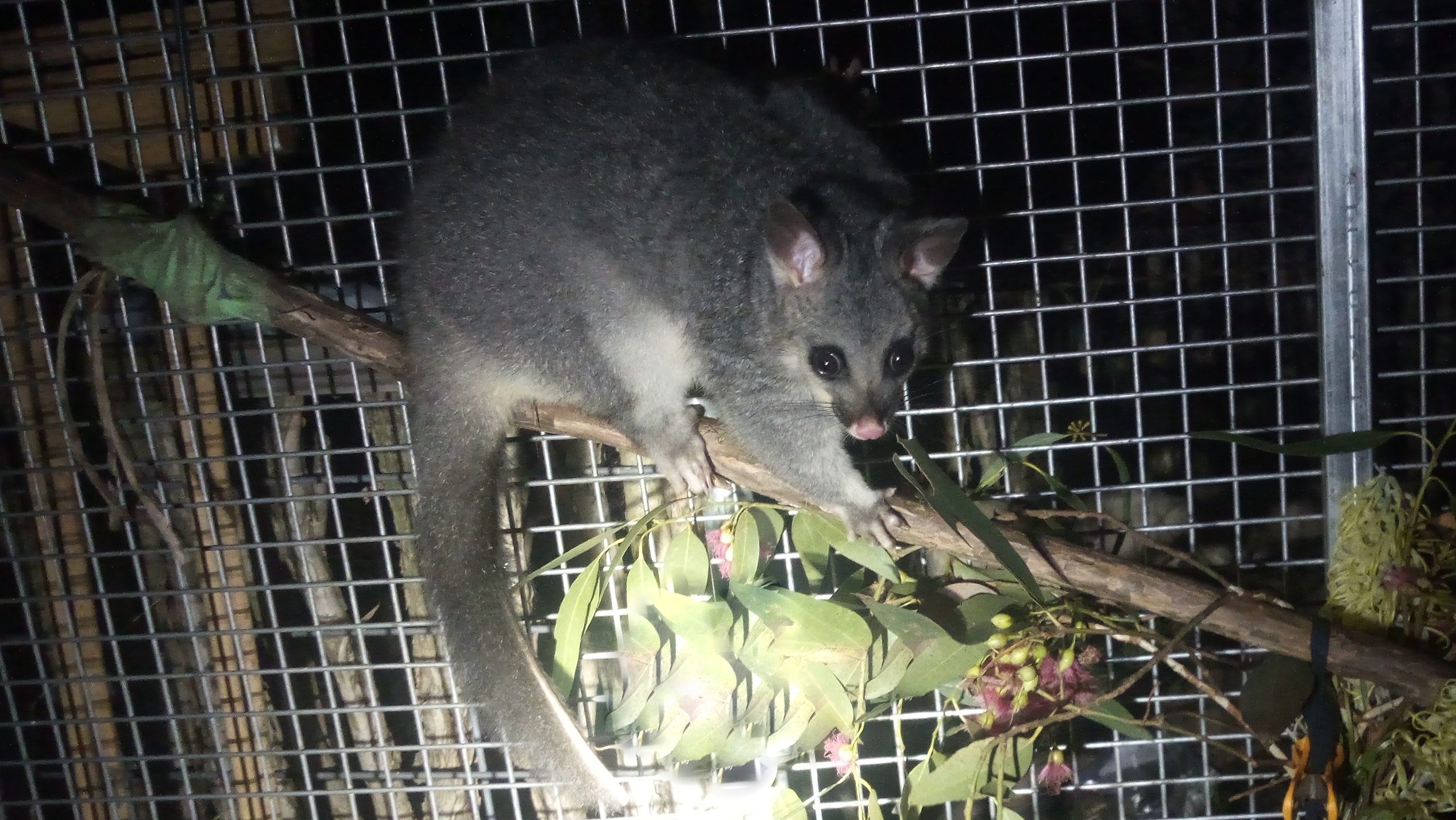
Mothers protect their young by training them to survive in the wild. This includes showing them how to find food and water, how to avoid predators and how to navigate their environment. As surrogates, Wildlife Carers must support maturing animals with stimulating learning environments, such as a range of natural food sources & relevant real-world habitat experiences.